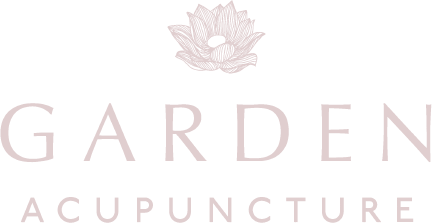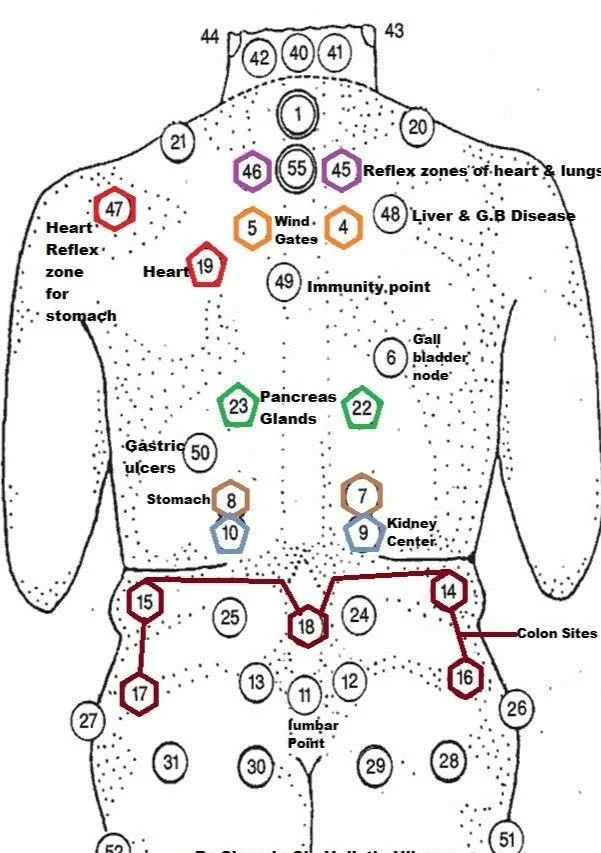what is Cupping Therapy?
Cupping therapy, an ancient healing technique rooted in Traditional Chinese Medicine (TCM), has garnered widespread attention for its ability to alleviate various ailments and promote overall well-being. Dating back thousands of years, cupping involves placing cups on the skin to create suction, which stimulates blood flow, relieves tension, and encourages the body's natural healing processes. Let's delve into the principles behind cupping in TCM and its versatile applications in treating a variety of symptoms.
In TCM, cupping is based on the concept of qi (pronounced "chee"), the vital energy that flows through the body along meridian pathways. According to TCM theory, disruptions or imbalances in the flow of qi can lead to pain, illness, and discomfort. Cupping is believed to restore the harmonious flow of qi by removing stagnation and promoting circulation.
How Does Cupping Therapy Work?
Cupping therapy typically involves the following steps:
1. Preparation: The practitioner creates suction inside glass, bamboo, or plastic cups by briefly heating the air inside or using a mechanical pump.
2. Application: Once the cups are prepared, they are quickly placed on specific acupoints or areas of the body where stagnation or discomfort is present.
3. Treatment: The cups remain in place for several minutes, allowing the suction to draw stagnant blood, toxins, and metabolic waste to the surface of the skin.
4. Removal: After the designated treatment time, the cups are carefully removed, often leaving behind temporary circular marks or "cupping bruises" on the skin.
Check out the cupping maps below to learn more.
What Can Cupping Treat?
Cupping therapy is renowned for its versatility in addressing a wide range of physical and emotional symptoms. Here are some common conditions that cupping can effectively treat:
1. Pain Relief: Cupping therapy is particularly effective in alleviating musculoskeletal pain, such as back pain, neck pain, and shoulder tension. The suction created by the cups helps release tight muscles, reduce inflammation, and improve mobility.
2. Respiratory Disorders: Cupping can benefit individuals suffering from respiratory conditions like asthma, bronchitis, and coughs. By promoting circulation and clearing congestion, cupping helps ease breathing difficulties and expel phlegm from the lungs.
3. Digestive Issues: Cupping therapy can aid in relieving digestive discomfort, bloating, and constipation. By stimulating digestive function and promoting detoxification, cupping supports gastrointestinal health and enhances nutrient absorption.
4. Stress Reduction: Cupping therapy has calming and sedative effects on the nervous system, making it an effective tool for managing stress, anxiety, and insomnia. The deep relaxation induced by cupping promotes mental clarity, emotional balance, and overall well-being.
5. Immune Support: Cupping therapy can boost the immune system by increasing blood circulation and stimulating the lymphatic system. Regular cupping sessions help the body eliminate toxins, strengthen resistance to illness, and enhance overall vitality.
6. Women's Health: Cupping is often used to address gynecological issues such as menstrual irregularities, PMS symptoms, and fertility concerns. By regulating hormonal balance and improving blood flow to the reproductive organs, cupping can support women's health and enhance fertility.
Cupping therapy exemplifies the holistic approach of Traditional Chinese Medicine, offering a safe, effective, and non-invasive treatment option for a wide range of health conditions. Whether seeking pain relief, stress reduction, or support for specific health concerns, individuals can benefit from the therapeutic effects of cupping, restoring balance and vitality to body, mind, and spirit.
Cupping therapy also treats:
Inflammation
Allergies
Why Can’t You Shower After Cupping?
Cupping therapy may make your skin sensitive. Additionally, cupping opens your pores - leaving you vulnerable to bacteria and infections. Bacteria from the water, soaps, and tools you use in your shower could be carrying harmful bacteria that could enter your body through these pores. Normally, bacteria on the surface of the skin are fine as we have many types of bacteria that are naturally abundant on the skin’s surface. When this bacteria enters the body through your skin’s pores, it is no longer where it belongs. For example, E. Coli is normally found in a healthy digestive tract. When this bacteria enters the body through an orifice, it is no longer in its natural environment and begins to cause issues. For this reason, it isn’t safe to submerge areas of the body that have been cupped.
Why Does Cupping cause Bruising?
It is normal to “bruise” after cupping! These “bruises” are not true bruises that injure muscle fibers and tissues. The body responds to cupping by sending healing fluids to the area. This is how cupping wakes up you immune system and encourages the body to heal itself naturally by activating cells and increasing blood flow to remove the toxins. The blood flow breaks up obstructions and creates a pathway for the toxins to be flushed out of the body.
Cupping Therapy Chart:
Why are My Cupping Marks so Dark?
The cupping therapy chart pictures both light and dark skin tones and different shades of the skin after cupping therapy. If there is no color, there is little to low energy in that area. Light pink is healthy! The darker red signifies inflammation, a bluish-purple color signifies poor circulation and water retention (severe cold dampness), and the darker purple signifies congestion and toxins.
Learn more about Qi stagnation and how to treat severe stagnation.
Cupping Placement Chart:
Read more about the use and benefits of cupping in these articles:
The Effectiveness of Cupping Therapy on Relieving Chronic Neck and Shoulder Pain written by Lee-Mei chi, Li-Mei Lin, and five more.
Significant and sustaining elevation of blood oxygen induced by Chinese cupping therapy as assessed by near-infrared spectroscopy, written by Ting Li, Yaoxiao Li, Yu Liin, and Kai Li.
Read More on Cupping Here.
The cupping placement chart to the right depicts different cupping sites to treat qi deficiencies or stagnations in various areas of the body corresponding to particular organs. This cupping body map is for the back of the body.
The cupping points map below depicts the cupping points for various organs and needs on the front of the body. For example, the kidney/adrenal point is listed as a cupping spot on the face (even though that area seems like it shouldn’t have anything to do with it).
Looking for highly-rated Chinese acupuncture Brooklyn? You’ve come to the right place! Our Brooklyn acupuncturists have over 40+ years of experience treating patients for a variety of medical conditions. Click the “Book Now” button below to get started.




